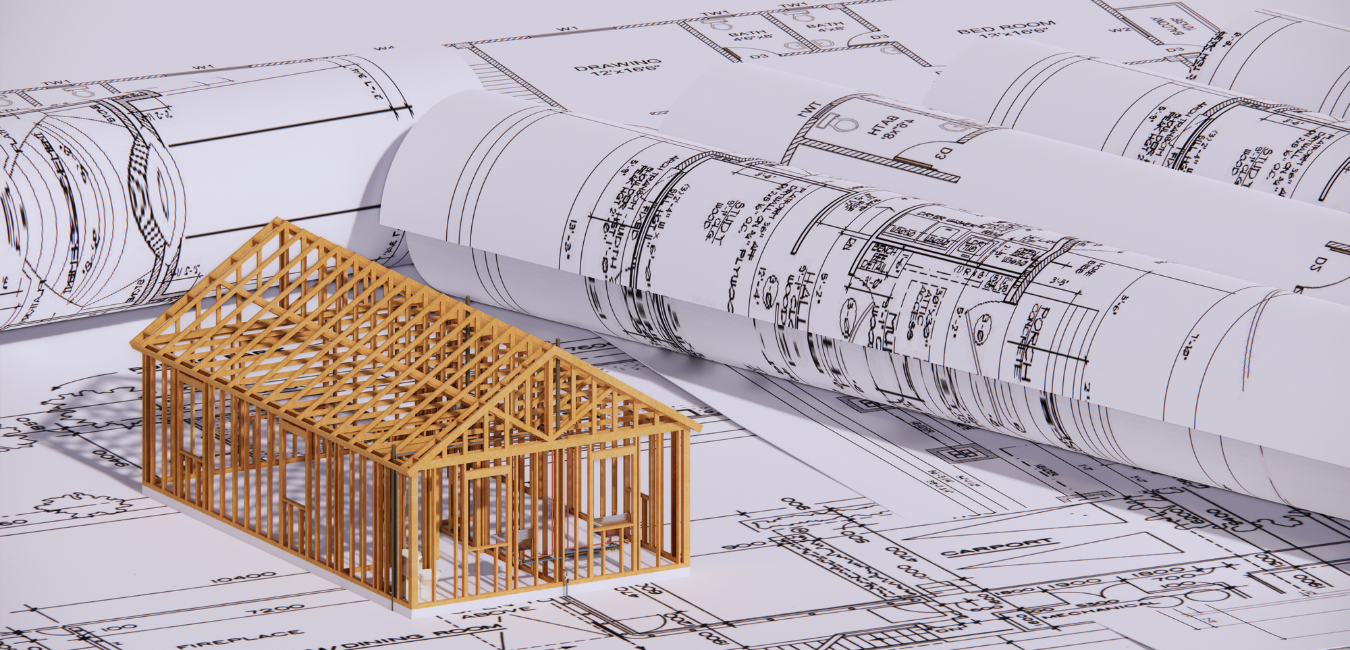Boost Your Structure Layout with the Know-how of CDA Architects
Boost Your Structure Layout with the Know-how of CDA Architects
Blog Article
The Crucial Role of an Architect in Forming Lasting Urban Atmospheres for Future Generations
The duty of an architect in crafting sustainable metropolitan environments is increasingly essential in responding to the obstacles of environment adjustment and urbanization. By perfectly integrating ecological concepts right into their designs, architects not only enhance the visual and practical top quality of city areas yet also address pushing problems such as power efficiency and social equity.
Understanding Sustainable Urban Design
Lasting city style integrates eco-friendly concepts with metropolitan planning to develop atmospheres that are not only habitable yet additionally resilient. This approach stresses the value of integrating natural systems into the metropolitan textile, guaranteeing that growth satisfies the requirements of the existing without jeopardizing the ability of future generations to fulfill their own requirements. Crucial element of sustainable city style include effective land use, the promo of biodiversity, and the assimilation of eco-friendly areas, all of which add to boosted lifestyle for citizens.
Furthermore, sustainable urban layout focuses on the reduction of the urban heat island impact, boosted air top quality, and reliable stormwater monitoring. It encourages using renewable energies and energy-efficient building methods, which substantially reduced carbon impacts. In addition, lasting city layout cultivates social equity by producing accessible public spaces and promoting mixed-use developments that satisfy diverse populaces.
Through thoughtful preparation and cutting-edge layout techniques, lasting metropolitan settings can boost community strength against climate change while fostering economic development. This holistic method not just addresses prompt city difficulties but also prepares for much healthier, extra sustainable cities for generations to find.
Secret Responsibilities of Architects
Designers play a pivotal role fit lasting city atmospheres by translating design concepts into substantial frameworks and spaces. Their obligations encompass a variety of activities that add to the total success of city style jobs.
First and leading, designers conduct extensive site analyses to recognize the environmental, social, and social context of their projects. This fundamental understanding informs their layout decisions, guaranteeing that buildings harmonize with their surroundings. They likewise participate in collaborative procedures with stakeholders, consisting of city planners, engineers, and the community, promoting an inclusive strategy to urban development.
Furthermore, designers are entrusted with creating styles that enhance energy efficiency, source preservation, and performance. They need to follow local zoning regulations, building codes, and sustainability accreditations, making certain conformity while pressing the boundaries of innovation.

Cutting-edge Materials and Techniques
In the quest of environmentally responsible style, innovative materials and methods have actually become critical components in the production of sustainable urban atmospheres. Architects are increasingly making use of materials that minimize environmental impact while boosting power effectiveness. Recycled materials, such as recovered wood and repurposed steels, not only minimize waste yet likewise add special aesthetic qualities to structures.
Additionally, developments in modern technology have actually resulted in the advancement of high-performance materials, such as protected concrete types (ICFs) and solar glass, which add to energy conservation and harness renewable resource. Methods such as passive solar layout and eco-friendly roof coverings even more exemplify exactly how design can harmonize with natural systems, lowering reliance on fabricated heating & cooling.
In addition, the integration of clever products, which adjust to environmental changes, uses encouraging opportunities for improving structure efficiency - cda architects. These content products can react to temperature level fluctuations or dampness degrees, maximizing comfort and sustainability
Inevitably, the critical choice and application of innovative materials and techniques empower designers to develop urban spaces that are not only practical and visually pleasing but likewise resistant and environmentally responsible, making certain a lasting future for generations to come.
Neighborhood Engagement and Collaboration
The success of cutting-edge materials and strategies in lasting city architecture is significantly boosted by active area involvement and cooperation. Architects must recognize that the built environment greatly influences the lives of regional homeowners, making it essential to include them in the style procedure. Involving the community cultivates a sense of possession and accountability, making sure that growths not only meet aesthetic and useful needs yet additionally show the values and desires of those that inhabit them.

Effective area involvement also assists in focusing on social equity within city advancement. By taking into consideration the voices of marginalized populaces, Click This Link architects can create rooms that are comprehensive and equitable. This way, area engagement and partnership end up being important to achieving really sustainable urban settings that offer the requirements of current and future generations.
Future Patterns in Sustainable Design

In addition, developments in innovation are forming future trends in sustainable design. The integration of clever materials and structure systems permits real-time power administration, improving efficiency and minimizing carbon impacts. Innovations such as green roofs, living walls, and energy-generating facades are ending up being conventional techniques, better promoting ecological balance within metropolitan settings.
Furthermore, a change in the direction of biophilic style is gaining traction, stressing the link in between nature and human wellness. By including natural components, architects produce areas that promote mental wellness while promoting biodiversity.
Conclusion
Finally, engineers are crucial in advancing sustainable metropolitan atmospheres through their expertise in layout, ingenious products, and community engagement. By prioritizing power effectiveness and resource conservation, these specialists contribute to the development of resistant city rooms that fulfill the needs of existing and future generations - cda architects. The assimilation of ecological principles not just boosts livability however additionally cultivates social equity, making certain growths resonate with the worths and goals of the neighborhoods they serve
Report this page